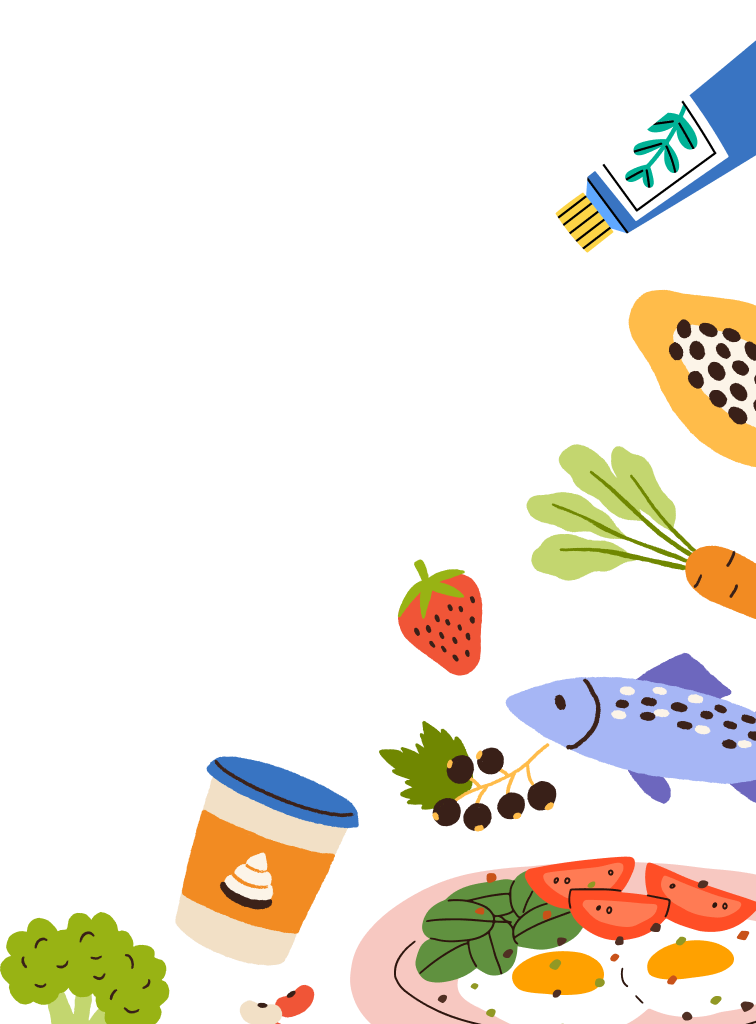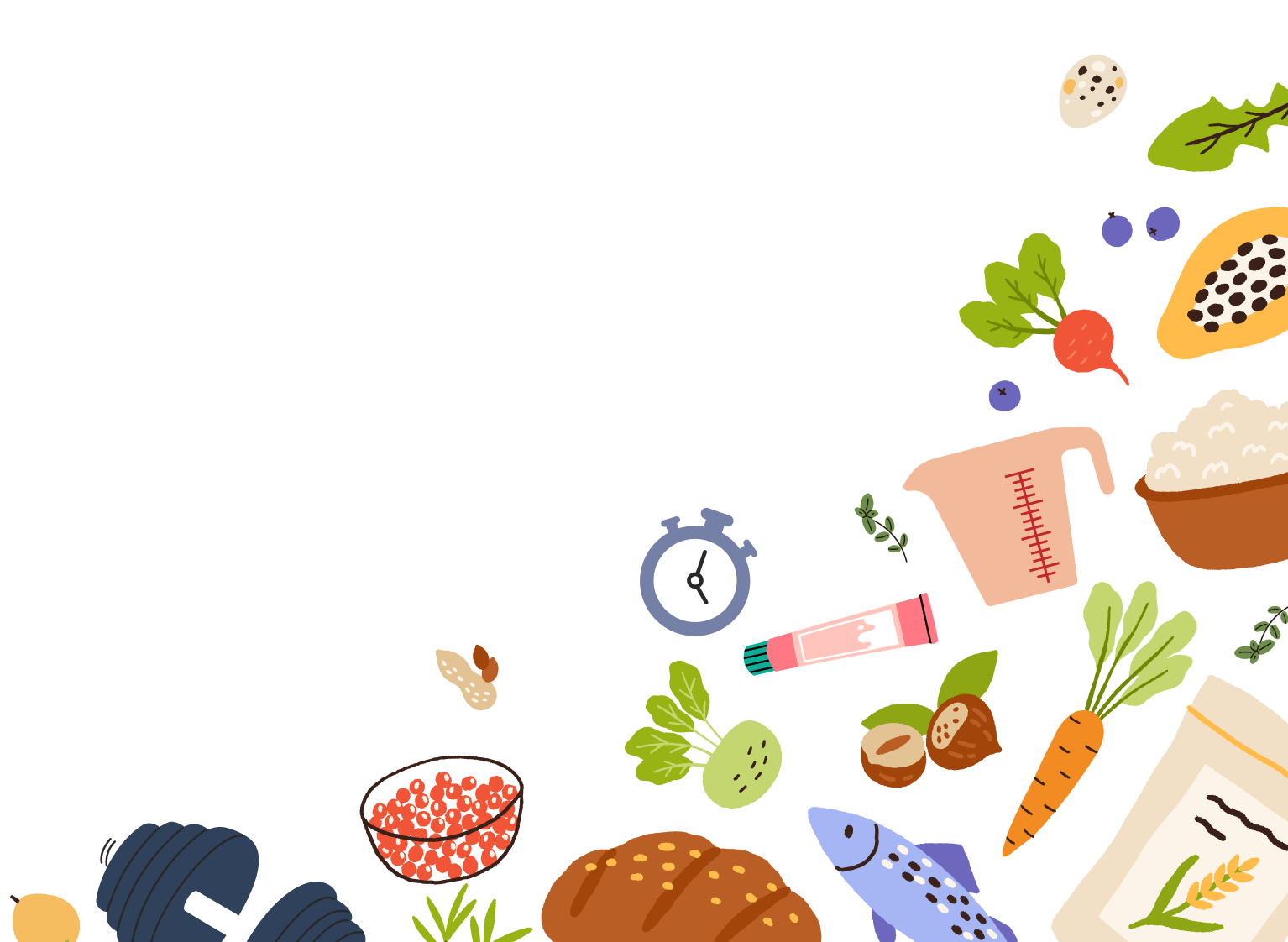How Role Models Shape Children’s Eating Habits and Healthy Food Choices
Children are like little sponges, absorbing the information of the world around them and forming their own habits and identities. Today, we will explore the various influences that affect kids’ dietary habits, choices, and perceptions.
Long-Term Impact: Shaping Lifelong Healthy Eating Habits
Before we get into the who, what, and where that influences kids’ eating choices, let’s start with the why behind it all. The earlier we can influence and introduce variety in children’s diets, the better. Studies show that kids with picky eating tendencies typically remain picky eaters for longer durations of childhood, and possibly beyond. Therefore, it’s never too early to begin fostering food exploration to help children form well-rounded diets. As we expose kids to different foods, we can also use it as a teaching opportunity for the benefits those foods provide for our body’s health. This will help them to make their own informed food choices as they grow in autonomy throughout childhood, adolescence, and adulthood.
The Powerful Influence of Food Role Models on Children
Now let’s talk about how role models influence children. Remember when I said kids are little sponges? They learn what they see. This means that they observe what other people put on their forks, whether they cook or stop by the drive-through, how we discuss food, and even how we talk about our own bodies and health. What they see repeatedly becomes “normal” to them and is the habit that they are most likely to emulate. We (the influencers) get the opportunity to talk positively about nutrient-dense foods, make them visually appealing on the plate, and make them readily available in homes, schools, and day cares. It also means that we must guard the language that we use surrounding food, taking care not to place guilt or shame around eating certain foods, or suggest that some people are better than others for being able to eat foods that may not be as affordable or accessible to every child.
Who Are a Child's Key Food Role Models?
Next up is the who. The most obvious and primary influence on kids’ dietary patterns is their parents or guardians. The guardian is responsible for what food is brought into the house, packed in the lunch box, and prepared at mealtimes. They also set the scene for meals. Will meals take place around the table as a family, in front of the TV, or maybe on the go in the car? These important factors can create opportunities for discussion around food and for kids to see, or not see, parents also enjoying the nutrient-dense meals they are preparing. Parents can practically be positive role models by involving their kids in food prep and creating peaceful and enjoyable mealtimes.
Parents aren’t the only adult influencers, however. School staff, including teachers, daycare workers, and support staff, are important as they may also be sharing meals and snacks with children. If you fall into this category, take care to know that little eyes and ears are on you, observing the way that you speak about the foods you are eating. You also have an opportunity to encourage kids by saying things like, “That fruit cup looks so colorful and pretty!” or “I love the way the vegetable soup in the cafeteria smells today.” Creating positive associations with healthy foods like these may encourage kids to try new items that they perhaps would not try at home.
Peers are also an important influence on children. When other children are trying new things, they are likely to try new foods too. Adults can leverage this by encouraging children to try foods from their friends’ cultures that they may not ordinarily be exposed to.
It is no small responsibility for role models to help children learn and adapt healthy habits. Luckily, it’s not up to any one person. The job falls to us all! Knowing how we can each help build up the little ones in our lives can help us collectively create a stronger, healthier next generation.
- Mascola, A. J., Bryson, S. W., & Agras, W. S. (2010). Picky eating during childhood: a longitudinal study to age 11 years. Eating behaviors, 11(4), 253–257. https://doi.org/10.1016/j.eatbeh.2010.05.006





















Comments
Join The Conversation...